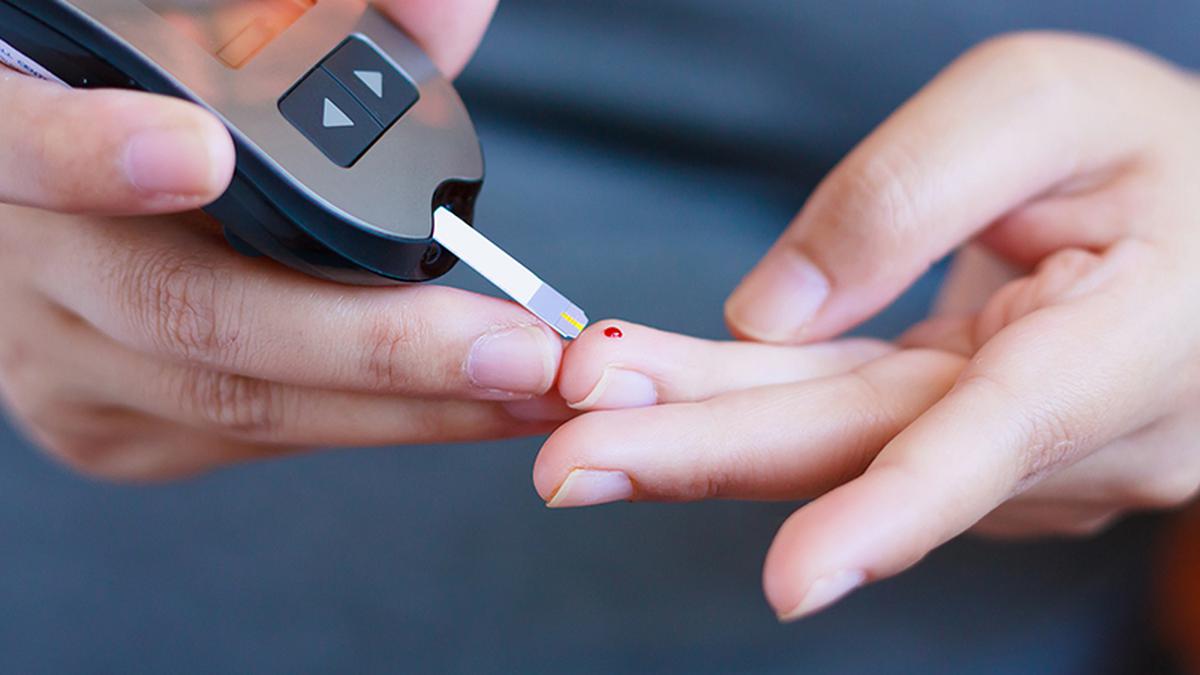Indian Space Research Organisation (ISRO) had shared a video of the Pragyan rover being rotated on the surface of the moon that was captured by a Lander Image Camera. The rover was put into sleep mode on September 2.
| Photo Credit: ANI
Chairman of the Indian Space Research Organisation (ISRO) S. Somanath on Thursday said the Pragyan rover of its moon mission Chandrayaan-3 has done what it was expected to do, and it would not be a problem even if it fails to `wake up’ from the current sleep mode.
The national space agency is now gearing up for XPoSat or X-ray Polarimeter Satellite launch which may take place in November or December, he said at a press conference here after visiting the famous Somnath temple in Gir Somnath district of Gujarat.
On the status of Pragyan, currently in sleep mode on the moon, the ISRO chief said it will wake up if its electronic circuits have not been damaged due to the extreme weather on the moon as the temperature dipped nearly 200 degrees Celsius below zero.
“It is OK if it does not wake up because the rover has done what it was expected to do,” he added.
ISRO had said last week that with dawn breaking on moon, it made efforts to establish communication with lunar mission Chandrayaan-3’s lander Vikram and rover Pragyan to ascertain their ‘wake-up condition’ after they had been put into sleep mode early this month, but no signals were being received.
Both the lander and rover were put into sleep mode on September 4 and 2, ahead of the lunar night setting in.
Talking about upcoming missions, Mr. Somanath said ISRO is now gearing up for XPoSat or X-ray Polarimeter Satellite.
“This XpoSat is ready and it will be launched through our PSLV rocket. Though we have not announced any dates yet, it may be launched in November or December. It is a mission to study black holes, nebulas and pulsars,” he said.
Another mission in the pipeline is INSAT-3DS, a climate satellite which will be launched in December, said Mr. Somanath.
“Then we will launch SSLV D3. As you know it is our Small Satellite Launch Vehicle. This is the third launch. It will be done in November or December. Then it will be the turn of the NASA-ISRO Synthetic Aperture Radar or NISAR. It will be launched in February next year,” he added.
The Gaganyaan mission’s test vehicle `D1′ will be launched in October, he said.








